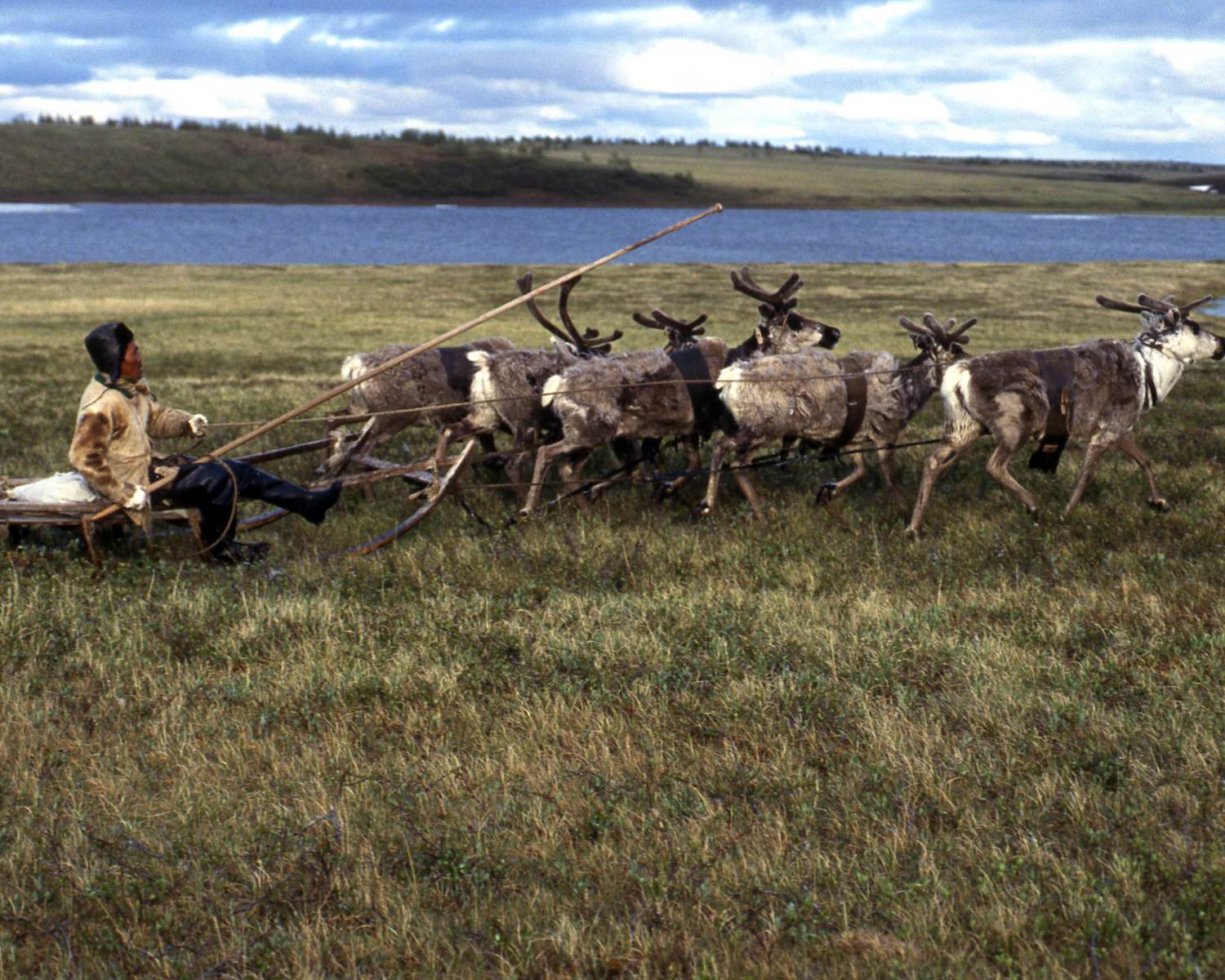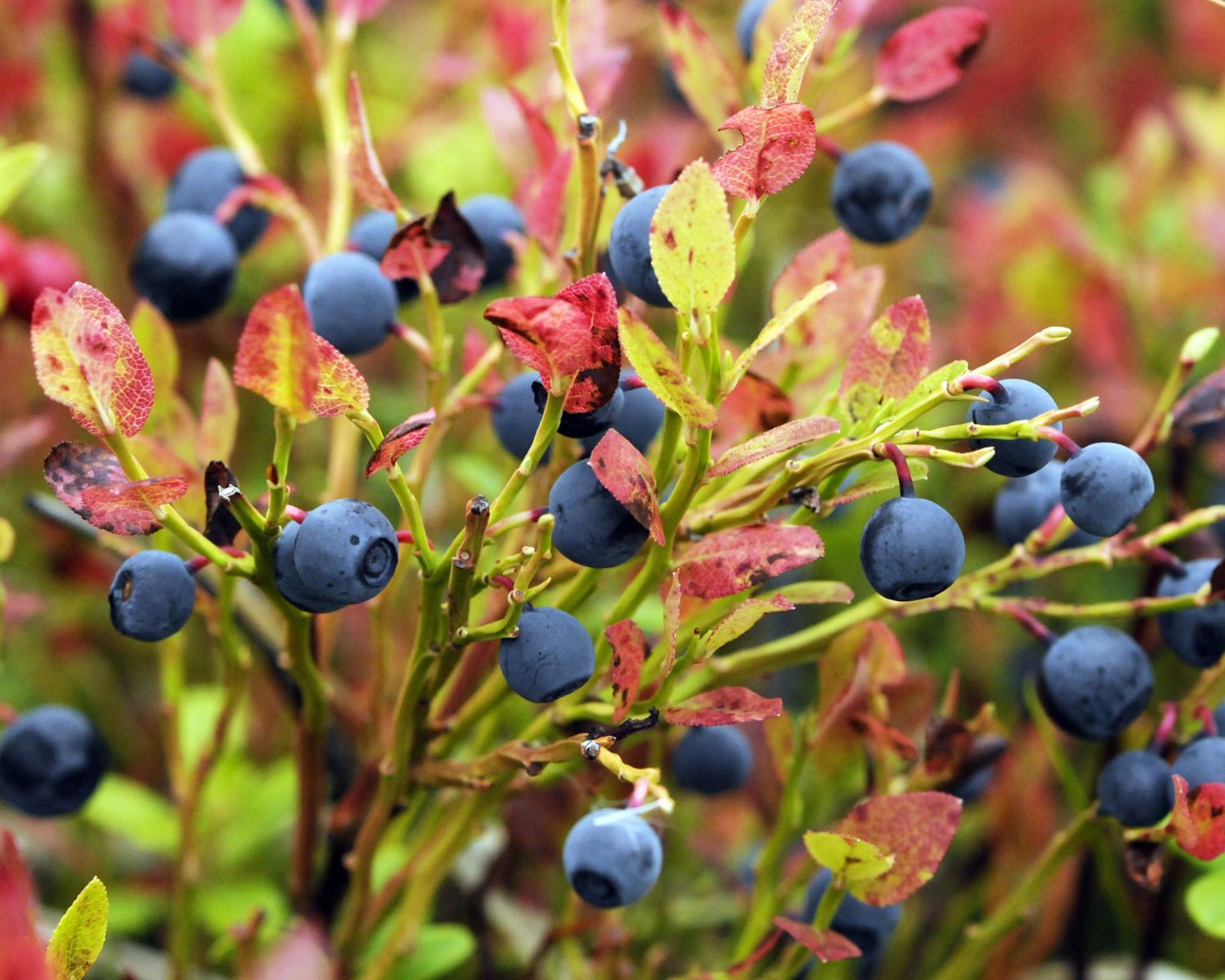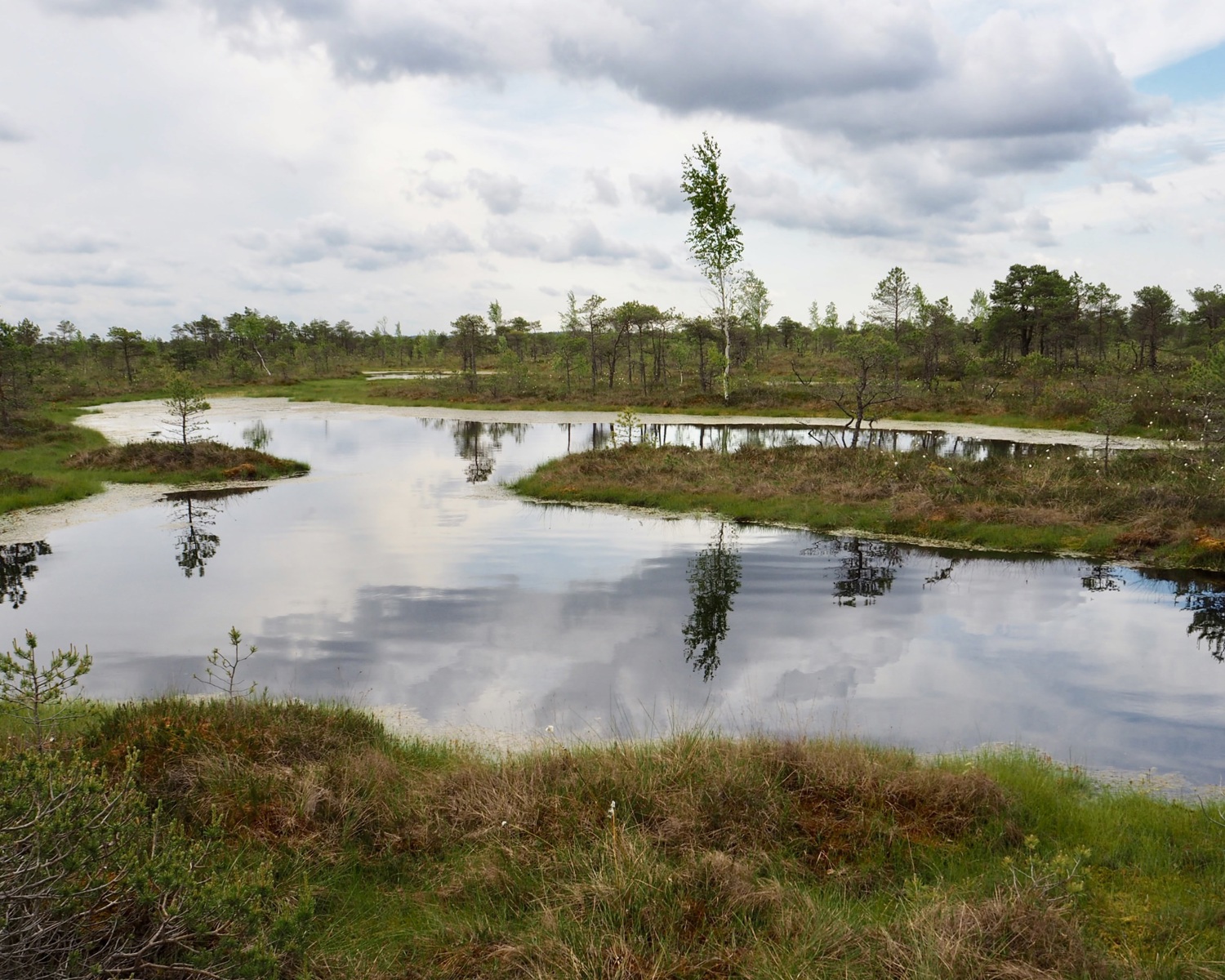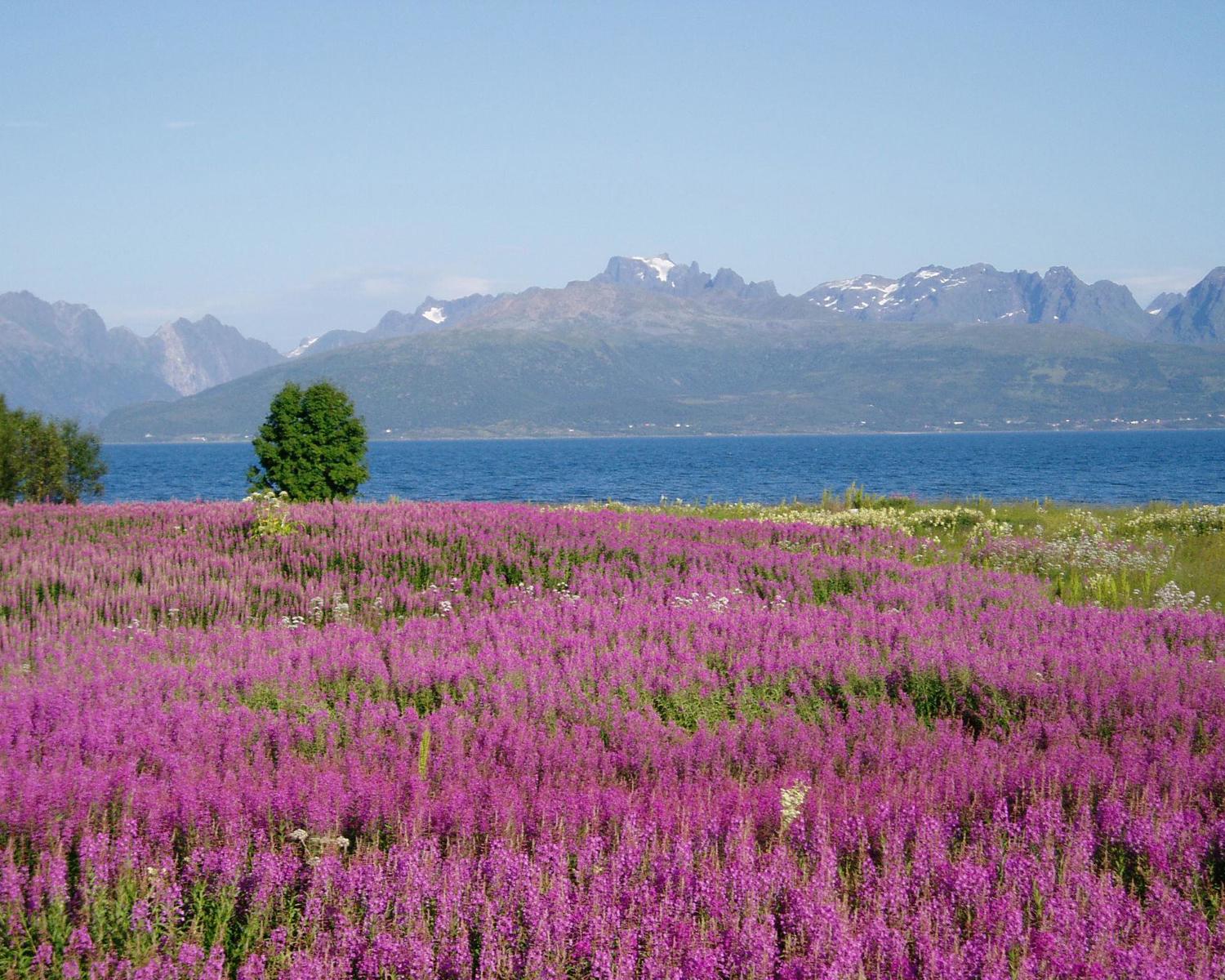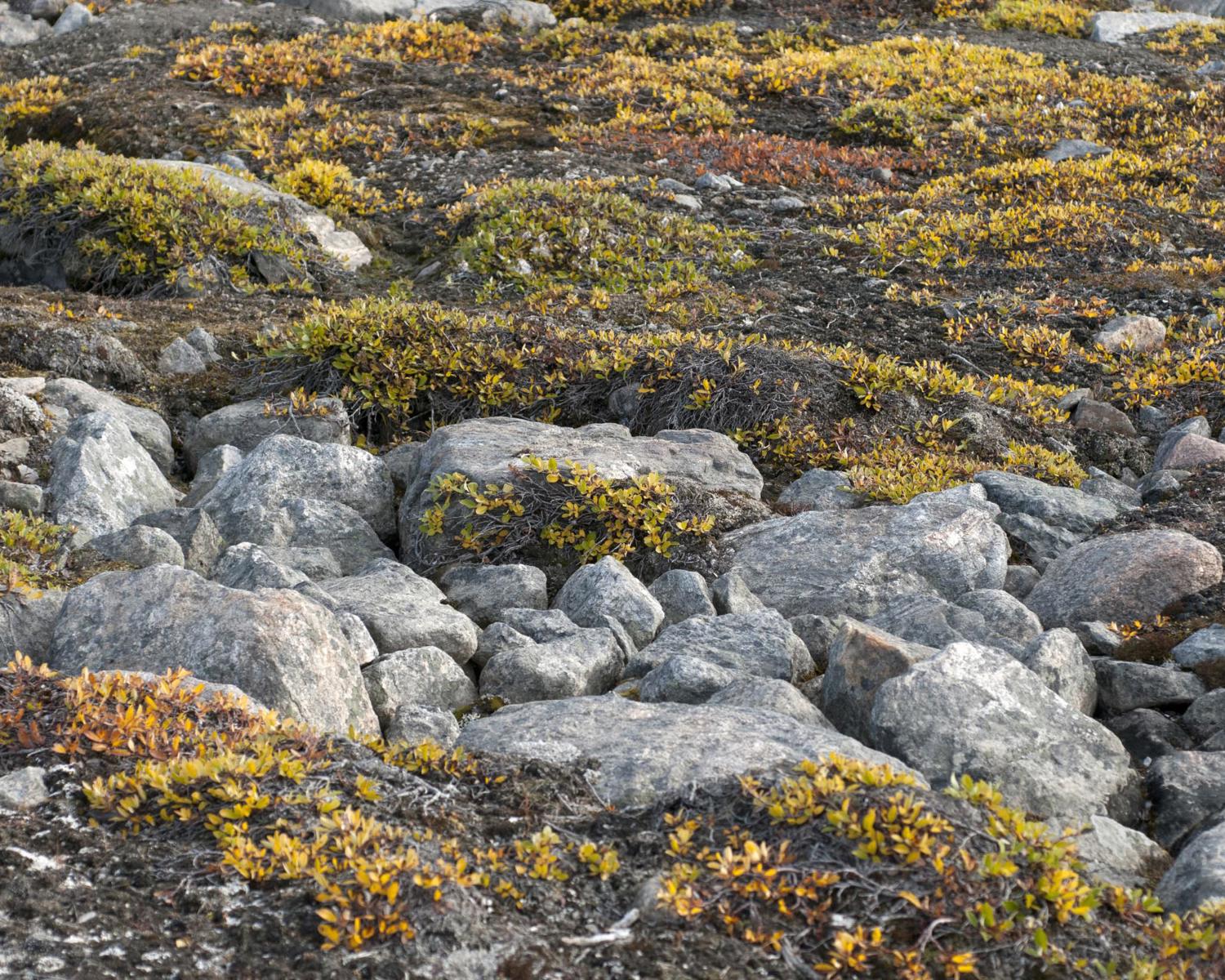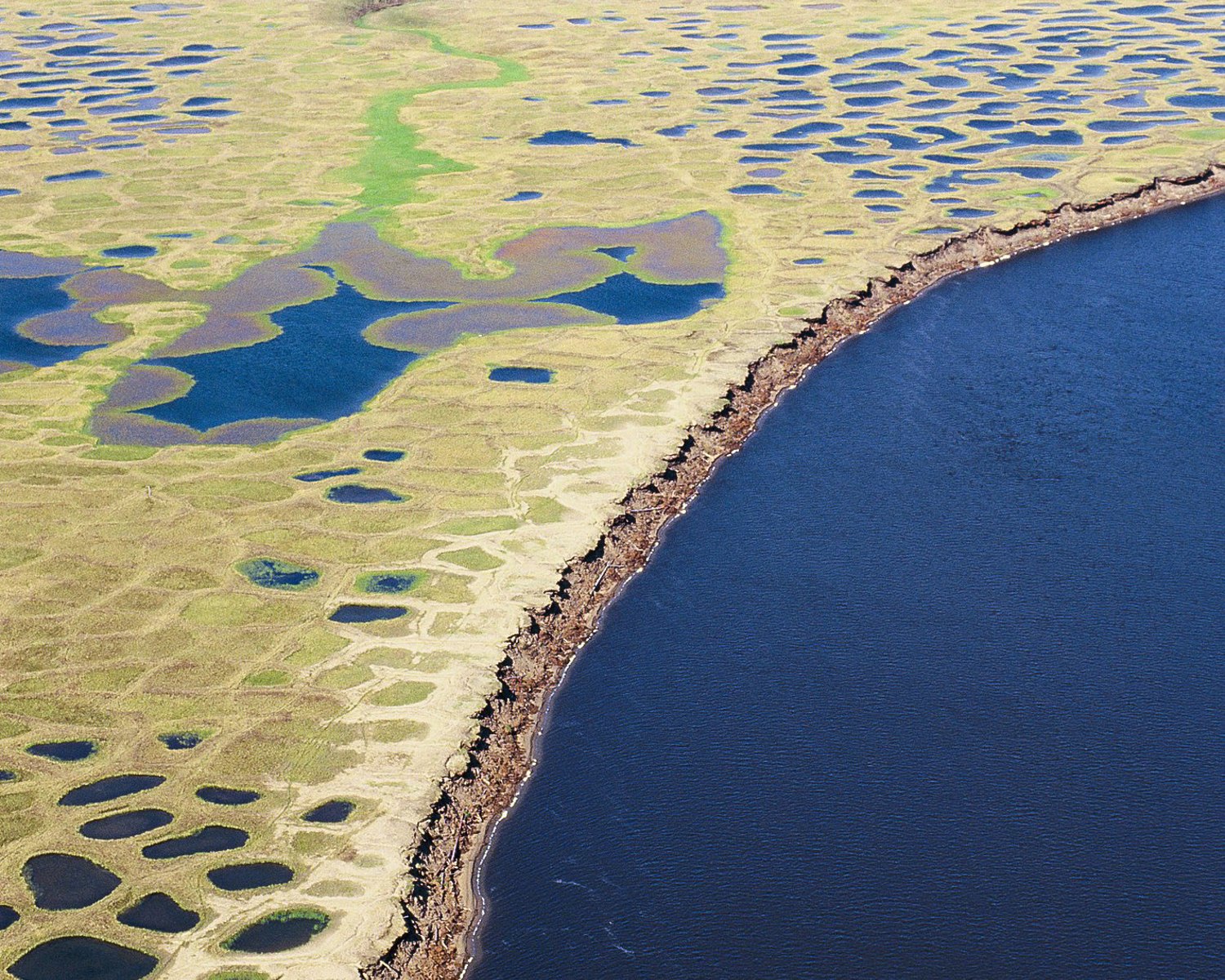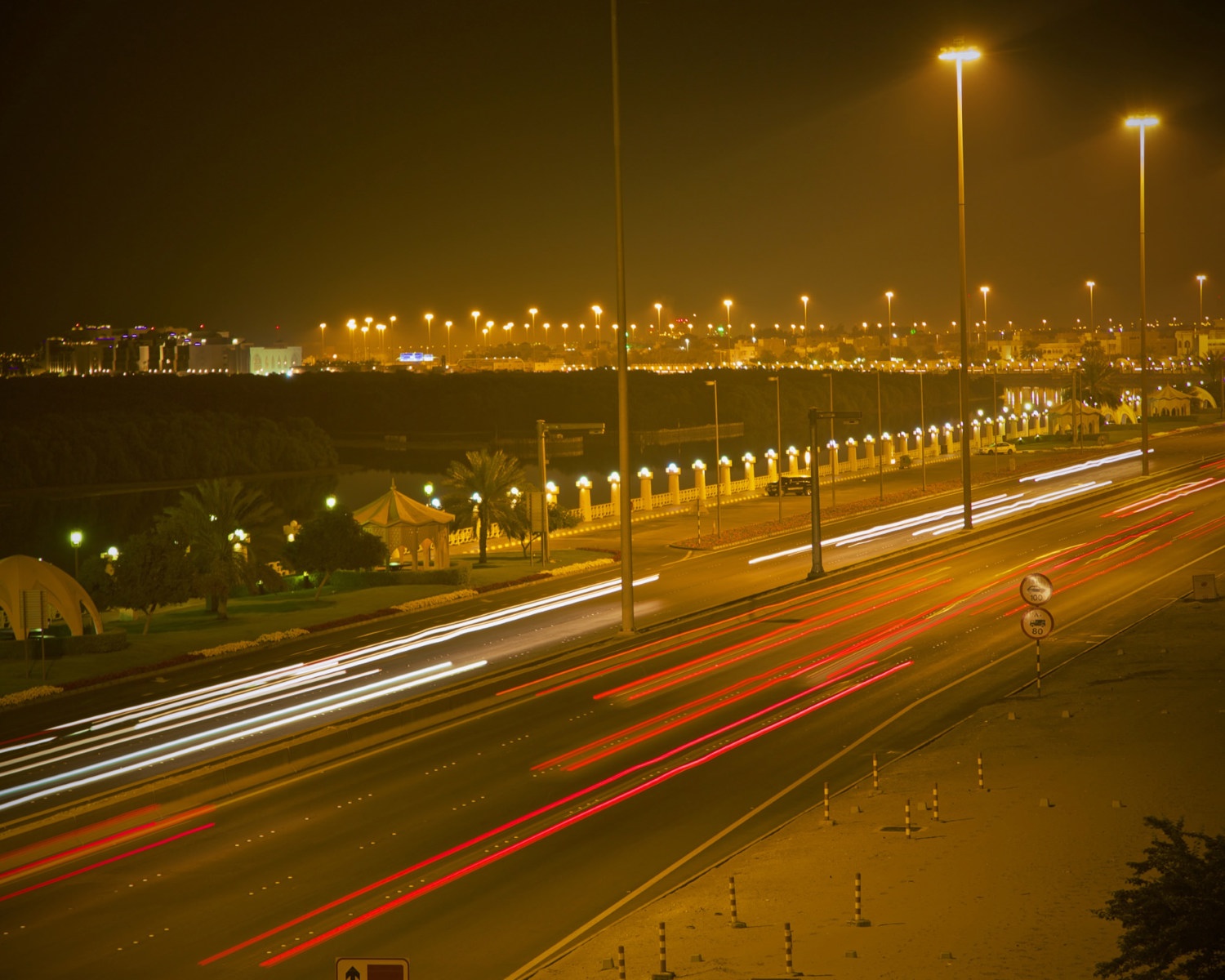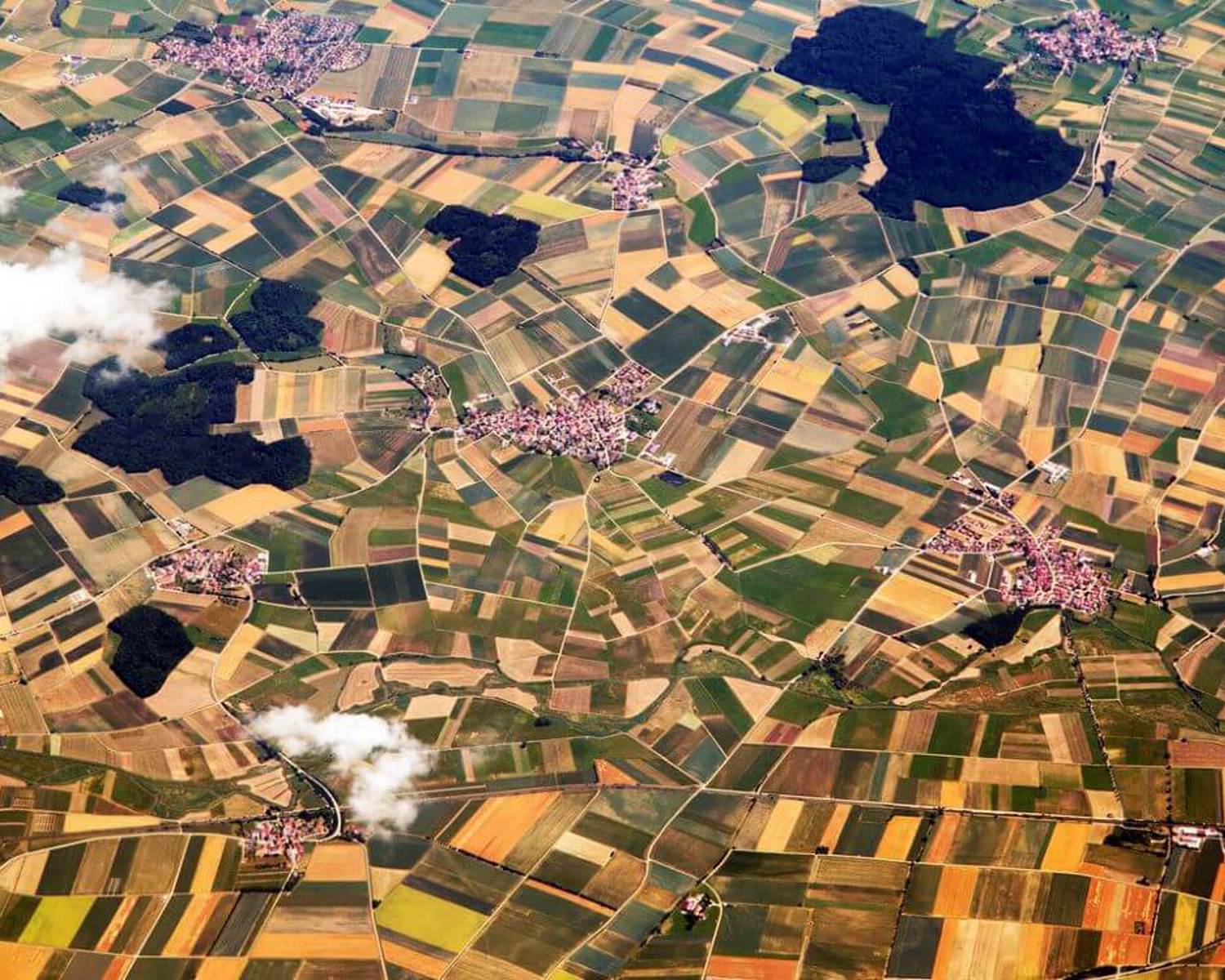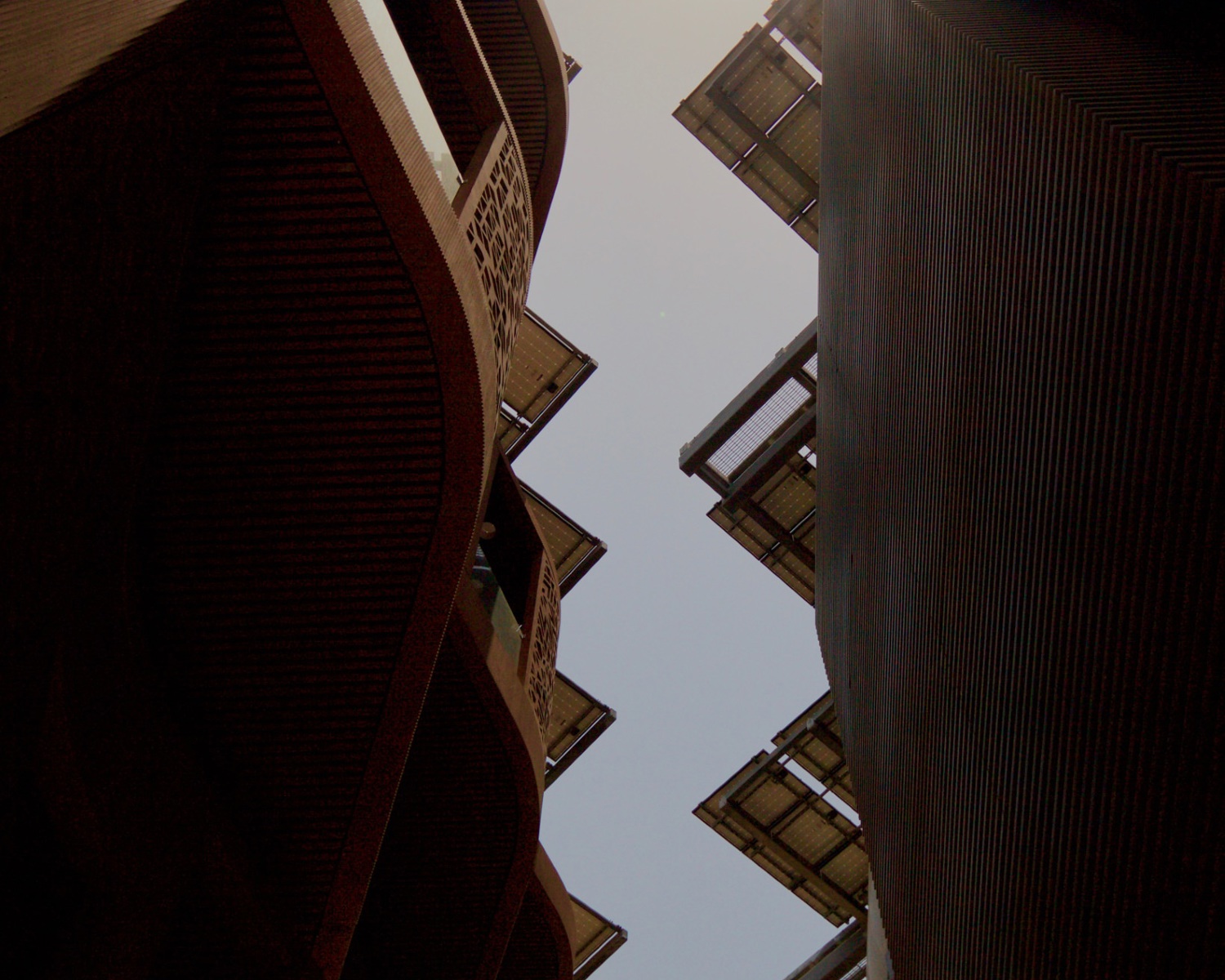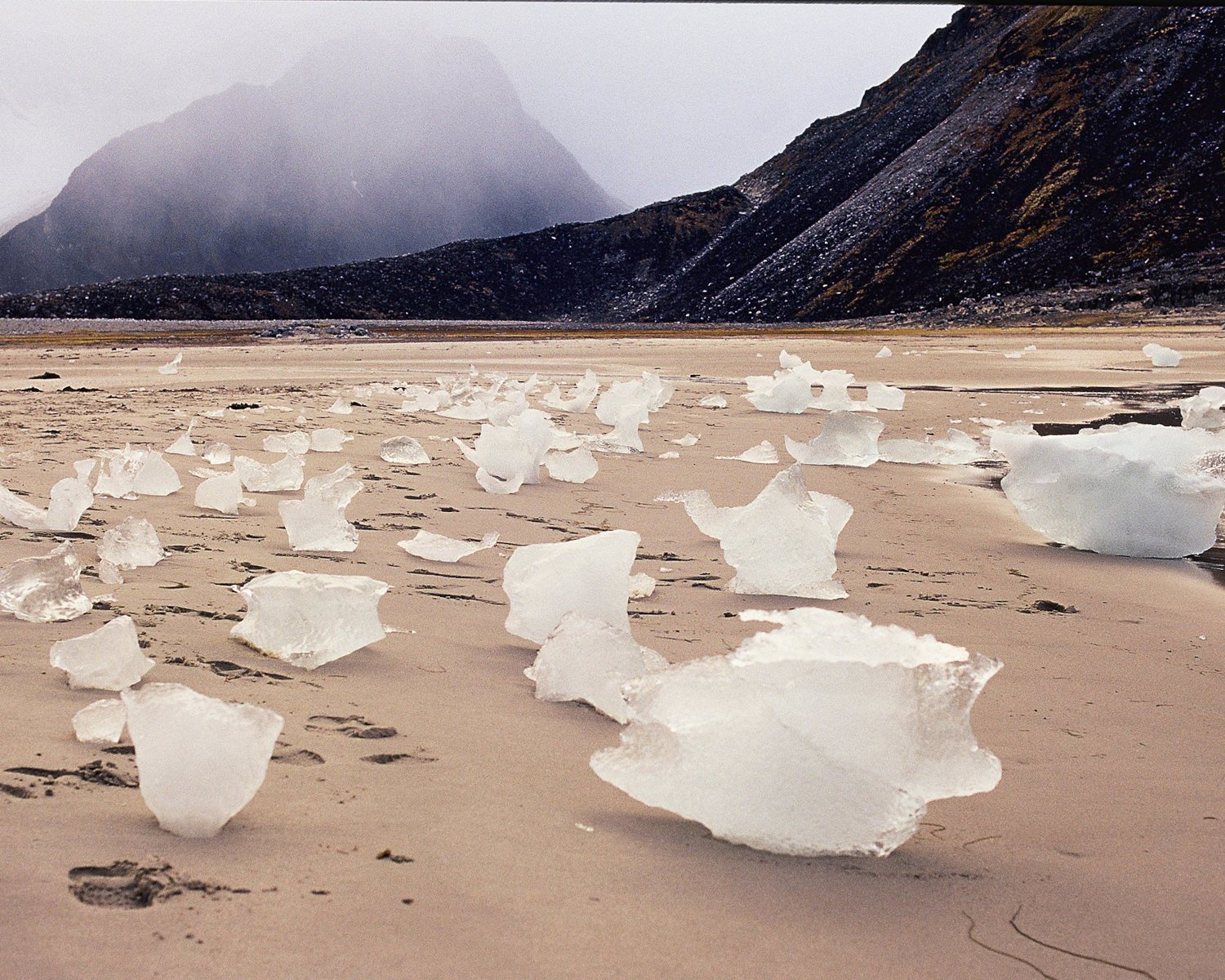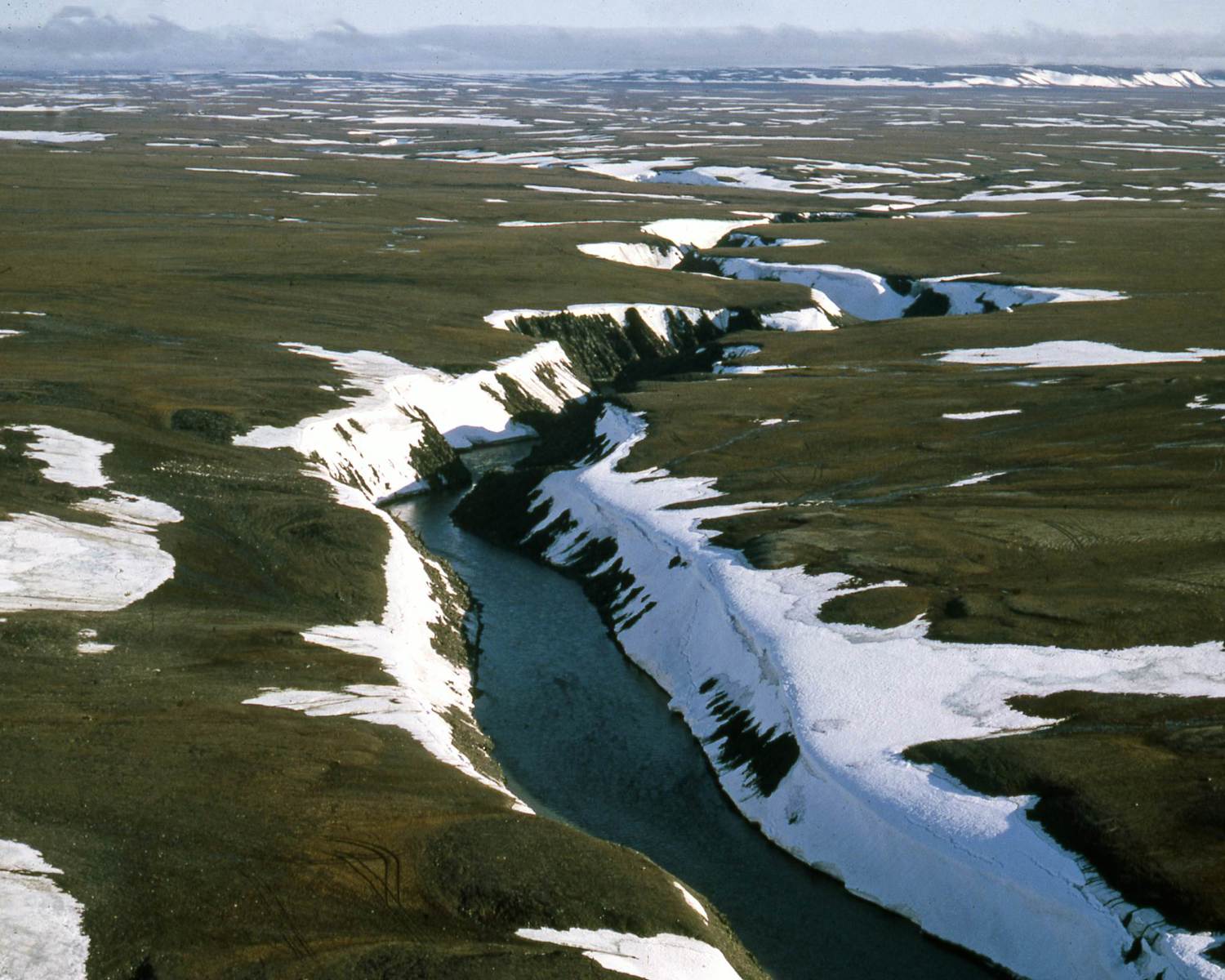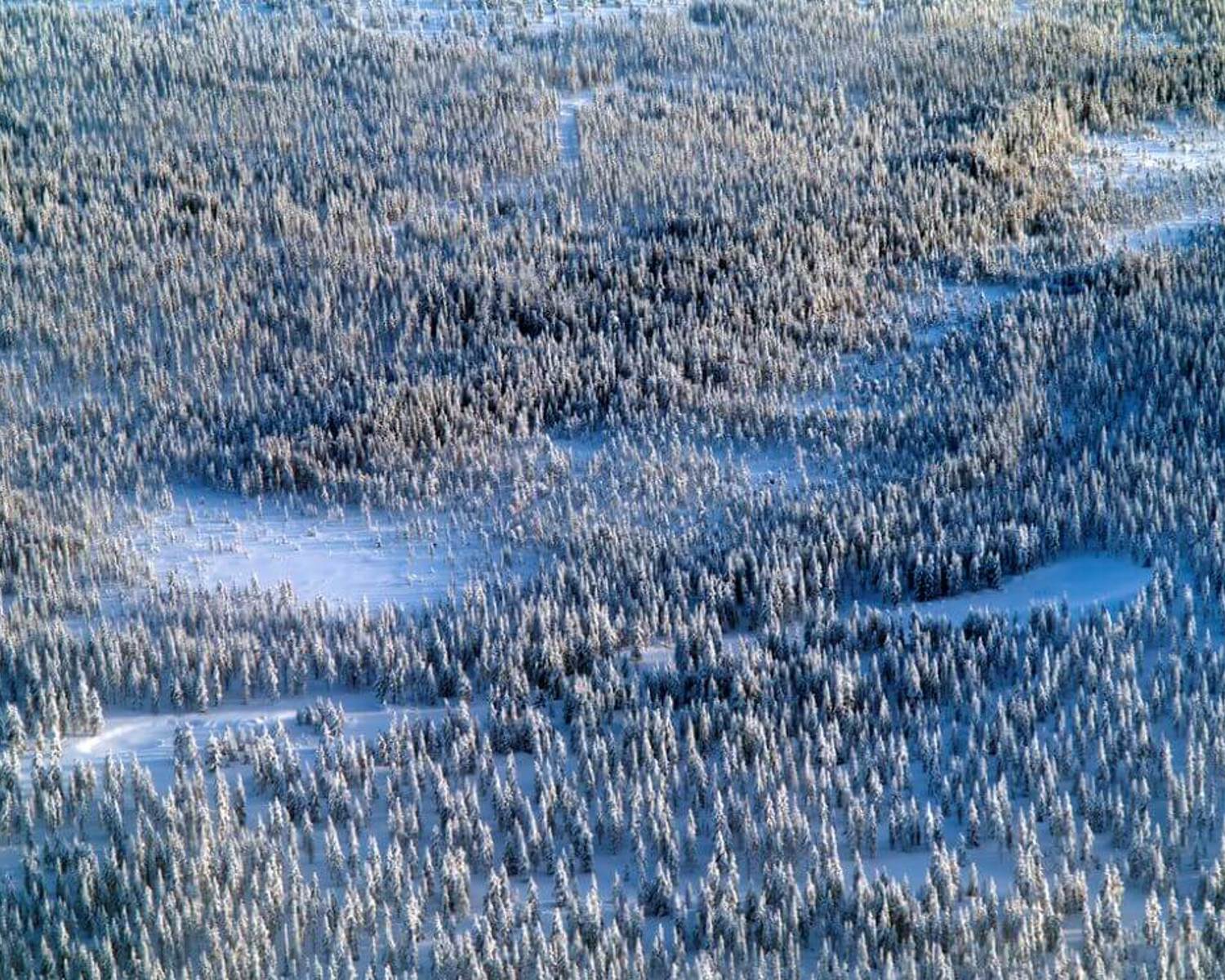
Afforestation, reforestation and forest management
Although the rate of deforestation has slowed over the last few decades, the world is still losing forest cover (FAO 2020). Adequate management, protection, and restoration of existing forests, and the planting of unforested areas, play a crucial role in climate mitigation scenarios (IPCC AR6 WG3), and many countries now include forests in their climate mitigation targets (NDCs).The Northern and Arctic regions are essential in this endeavor since they are home to large swaths of boreal forests that make up 27% of total global forest area (FAO 2020).


